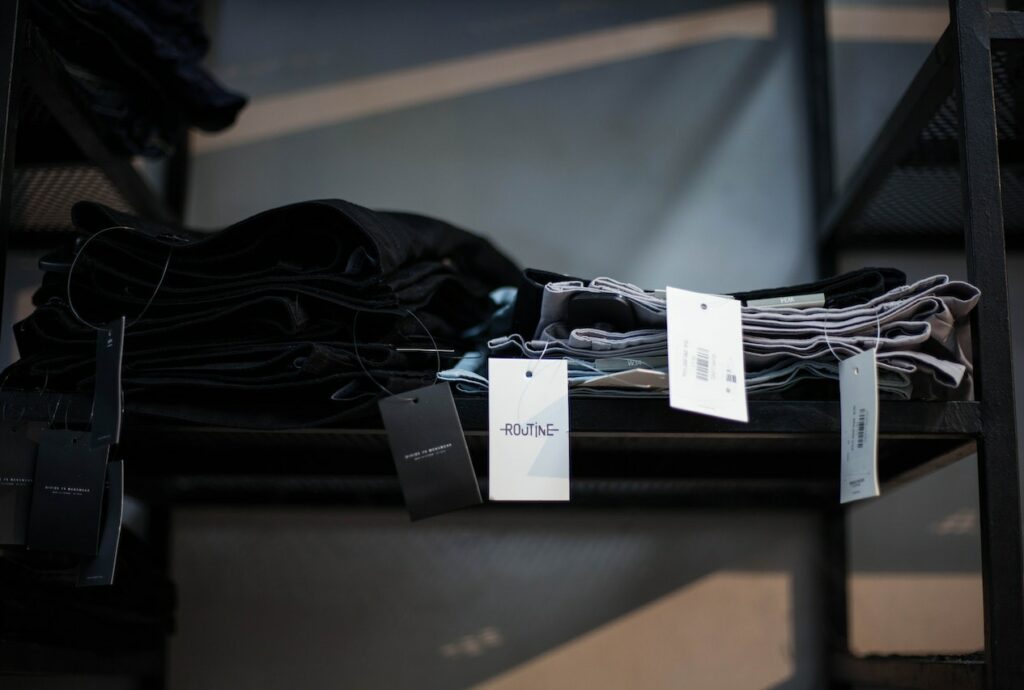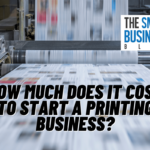If you run a business, you most likely rely on your company assets to keep it running smoothly. These assets can include your equipment and tools as well as your inventory.
If you’re not keeping track of your inventory, you’re vulnerable to shrinkage, and if you’re not keeping track of your tools and equipment, you could lose countless hours of productivity searching for and even replacing items that you need to operate.
An asset tagging system is what you need. Asset tags can help you keep track of your equipment; document your maintenance, repair, and overhaul (MRO) schedule; and keep close tabs on your inventory to prevent theft.
Barcodes, QR codes, and radio frequency identification (RFID) tags are all used for asset tracking, although RFID tags are top of the line for tracking assets in a business environment.
Keep Track Of Your Equipment
You need some means of keeping track of your company’s furniture, equipment, and tools. Asset tagging is it. Of course, not every asset is going to need a tag. Maybe you don’t need to tag furniture unless you’re moving it from one location to another, or in and out of storage, a lot.

Of course, as your business grows and you hire new workers and perhaps add new locations, tagging every asset, even the furniture, can help you keep track of where it is and where it’s going.
You definitely need RFID asset tags to keep track of items that are shared use or that can be easily carried off, like telephones, computers and peripherals, tools, appliances, printers, and so forth.
Asset tagging even large appliances, like break room refrigerators, can help you track depreciation and maintenance schedules. Even company vehicles can be tagged to ensure that they are kept up in good condition and available when they’re needed.
Active RFID tags can help you keep track of stock and inventory and even monitor the condition of stock during shipping. RFID tags have a long range and are great for keeping track of where inventory is on the sales floor or in the warehouse.
You can even buy near-field communication (NFC) RFID tags that can transmit data between tags, and GPS asset tags that let you monitor the physical movement of assets like company vehicles and shipments.
Document MRO
Scanning an asset tag, especially an RFID asset tag with the ability to store lots of information, can help you pull up a maintenance schedule and even maintenance instructions for a given vehicle, machine, tool, or other piece of equipment.

You can enjoy tighter control of maintenance schedules and your equipment, tools, and vehicles will function better as a result. Assign each asset its own unique ID number so that you can more easily track maintenance of assets as well as have a better idea when it’s time to replace them.
Create a profile for each asset, either stored on the asset tag or cross-referenced to the tag via an ID number, so that you can keep track of vital asset information, like serial numbers, date of manufacturer, name of manufacturer, date of purchase, condition, location, value, and typical useful life span.
Control Your Inventory And Prevent Theft
Asset tags definitely help you control inventory and prevent theft of both inventory and company resources. Tagging assets with trackable tags allows you to know where they are at all times. You can buy asset tags that have alarms in them so you’ll be alerted if a customer or an employee tries to walk out with tagged inventory or equipment.
Whether it’s parts, inventory, or company equipment, you can save the cost of replacing it just by keeping track of it. Theft isn’t the only threat you’re facing, either. Items from inventory, spare parts, equipment, tools, and other company resources get just plain lost sometimes.
Asset tags will make it easier for people to return things to the right place after they use them, and some RFID tags can even help you locate items in real time. Sometimes, just the fact that there’s an asset label on an item is enough to encourage people to put it back where it goes or give it back to its owner.
If your company isn’t using asset tags, you could be losing equipment and inventory to theft and not even know it. You might struggle to keep track of equipment maintenance schedules.
Your business will run more smoothly if you track all of your assets carefully, so you can focus on doing what you’re good at instead of constantly chasing down lost tools.






























